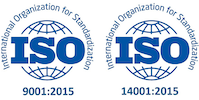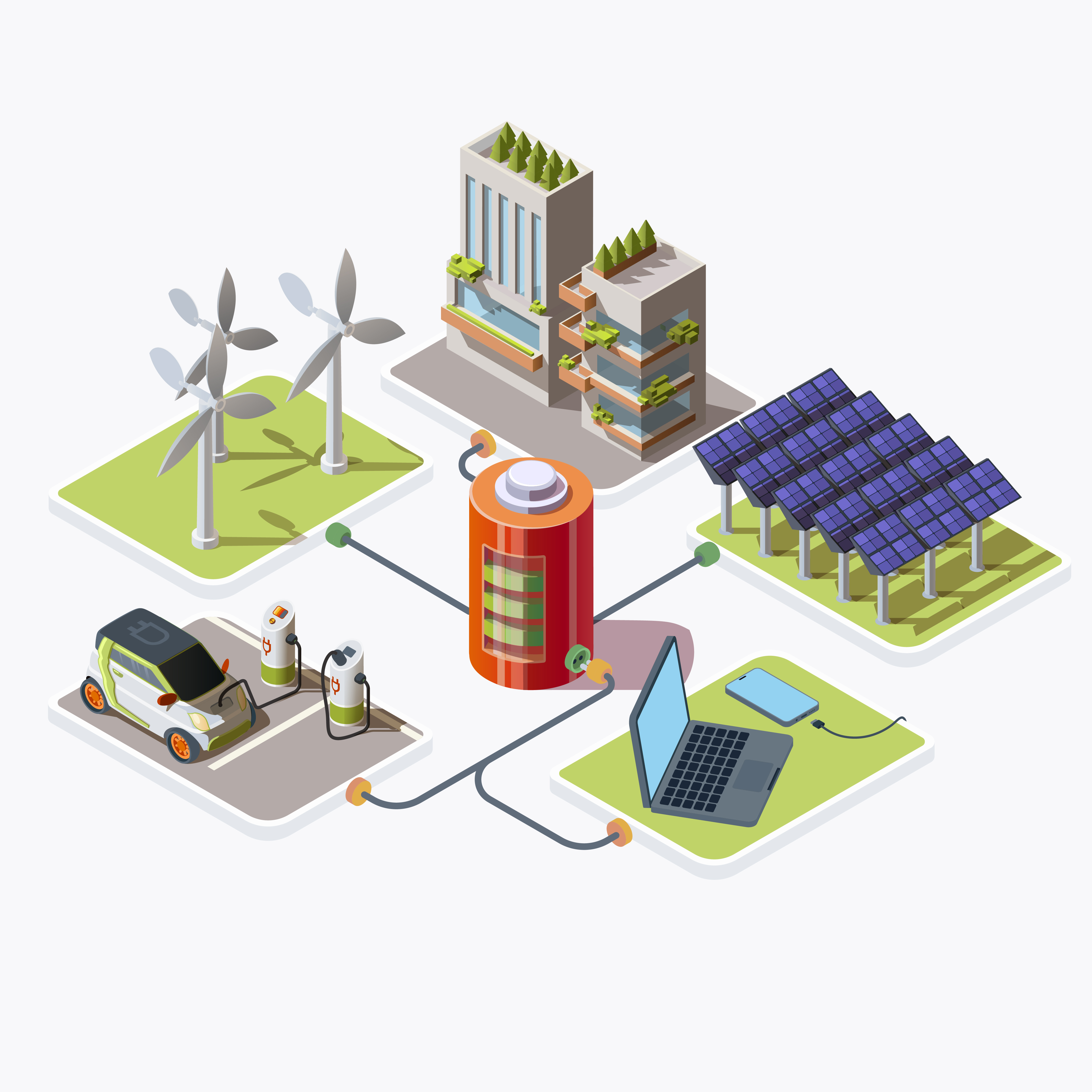Table of Contents
ToggleIntroduction
In today’s world, where the effects of climate change are becoming increasingly evident, the importance of energy savings cannot be overstated. Not only does reducing energy consumption contribute to mitigating climate change, but it also offers significant cost savings for individuals, businesses, and governments alike. One of the most effective ways to achieve energy savings is through the adoption of renewable energy solutions. In this article, we will explore various strategies for maximizing energy savings with renewable energy solutions, from understanding energy consumption patterns to implementing and optimizing renewable energy systems.
Understanding Energy Consumption
Before delving into renewable energy solutions, it’s essential to analyze current energy consumption patterns across different sectors. Residential, commercial, and industrial buildings all contribute to energy usage in unique ways. By understanding where and how energy is being consumed, it becomes easier to identify areas for improvement and optimization. Several factors contribute to high energy usage, including outdated infrastructure, inefficient appliances, and wasteful practices. Identifying these factors is crucial for developing targeted strategies to reduce energy consumption effectively.
Energy audits play a vital role in assessing energy needs and identifying inefficiencies. By conducting comprehensive energy audits, individuals and organizations can pinpoint areas where energy savings can be maximized and prioritize investments in renewable energy solutions accordingly. Renewable energy sources such as solar, wind, hydroelectric, biomass, and geothermal offer sustainable alternatives to traditional fossil fuels. Each renewable energy source harnesses natural resources in different ways to generate clean, renewable power.
While renewable energy solutions offer numerous benefits, including reduced greenhouse gas emissions and long-term cost savings, it’s essential to acknowledge their limitations. Factors such as geographical constraints, intermittency, and upfront costs may impact the feasibility of certain renewable energy technologies.
Benefits of Renewable Energy Solutions for Energy Savings
One of the most significant benefits of renewable energy solutions is their potential to reduce greenhouse gas emissions and minimize environmental impact. By transitioning away from fossil fuels, we can mitigate climate change and preserve natural ecosystems for future generations. While the upfront costs of renewable energy systems may be higher than those of traditional energy sources, they offer significant long-term cost savings. With advancements in technology and declining costs, renewable energy solutions are becoming increasingly competitive with conventional energy sources.
Renewable energy solutions offer greater energy independence by harnessing local resources such as sunlight, wind, and water. This reduces dependence on imported fossil fuels and mitigates the impact of global energy price fluctuations on consumers and businesses. When evaluating the feasibility of renewable energy solutions, it’s essential to consider geographical, climatic, and regulatory factors. The suitability of certain renewable energy technologies may vary depending on location, climate conditions, and regulatory frameworks.
While renewable energy systems may require significant upfront investment, they offer attractive returns on investment over their operational lifetimes. Factors such as available incentives, tax credits, and financing options can influence the financial viability of renewable energy projects. Numerous case studies demonstrate the successful implementation of renewable energy solutions across different sectors and geographic regions. By examining these examples, individuals and organizations can gain valuable insights into best practices and lessons learned.
Implementation Strategies
Setting clear energy-saving goals and targets is essential for guiding the implementation of renewable energy solutions. Whether aiming to reduce carbon emissions, lower energy costs, or achieve energy independence, clear objectives provide a roadmap for action. A comprehensive renewable energy plan outlines the steps needed to transition to renewable energy effectively. This includes identifying suitable renewable energy technologies, estimating project costs, securing financing, and engaging stakeholders.
Collaboration with energy experts, suppliers, and stakeholders is critical for the successful implementation of renewable energy projects. By leveraging expertise and building partnerships, individuals and organizations can overcome challenges and maximize the impact of renewable energy solutions. Retrofitting existing buildings and facilities with renewable energy systems is a cost-effective way to enhance energy efficiency and reduce environmental impact. Strategies such as installing solar panels, upgrading lighting systems, and improving insulation can yield significant energy savings.
Upgrading energy distribution networks is essential for integrating renewable energy sources into the grid effectively. This includes modernizing infrastructure, implementing smart grid technologies, and optimizing energy storage solutions to balance supply and demand. Energy storage solutions play a crucial role in optimizing the integration of renewable energy into the grid. Battery storage systems, pumped hydro storage, and other storage technologies help store excess energy generated from renewable sources for use during periods of high demand or when renewable resources are unavailable.
Monitoring and Optimization
Installing monitoring systems allows individuals and organizations to track energy usage in real-time and identify opportunities for optimization. By monitoring energy consumption patterns, deviations from expected performance can be detected early, enabling prompt corrective action. Regular maintenance and optimization are essential for ensuring the continued efficiency and reliability of renewable energy systems. This includes routine inspections, cleaning, and calibration of equipment to maximize performance and prolong operational lifetimes.
Data analytics and predictive modeling can provide valuable insights into energy usage patterns and help optimize renewable energy systems. By analyzing historical data and forecasting future energy demand, individuals and organizations can make informed decisions to improve energy efficiency and reduce costs. Government incentives, tax credits, and grants can significantly reduce the upfront costs of renewable energy projects. By taking advantage of available incentives, individuals and organizations can improve the financial viability of renewable energy investments.
Financing options such as loans, leases, and power purchase agreements offer alternative ways to finance renewable energy projects. These financial instruments provide flexibility and allow individuals and organizations to spread out the cost of renewable energy investments over time. Navigating the financial considerations of renewable energy projects can be complex. Seeking guidance from financial advisors and energy experts can help individuals and organizations assess the financial viability of renewable energy investments and identify available support mechanisms.
Overcoming Barriers and Challenges
Public perception and misconceptions about renewable energy can pose significant barriers to adoption. Education and outreach efforts are essential for dispelling myths and increasing awareness of the benefits of renewable energy solutions. Technical challenges such as intermittency, grid integration, and storage limitations can impact the effectiveness of renewable energy solutions. Continued research and innovation are needed to address these challenges and improve the reliability and performance of renewable energy technologies.
Mitigating risks and uncertainties associated with renewable energy projects requires careful planning and risk management. This includes conducting thorough feasibility studies, securing appropriate insurance coverage, and establishing contingency plans to address unexpected events.
Raising awareness and fostering community support are crucial for advancing renewable energy initiatives. Community engagement efforts, such as public forums, workshops, and outreach campaigns, can help build consensus and mobilize support for renewable energy projects. Education initiatives play a vital role in empowering individuals and organizations with knowledge about renewable energy solutions. By providing access to information, resources, and training opportunities, education initiatives enable stakeholders to make informed decisions and take action. Numerous successful community-driven renewable energy projects demonstrate the power of grassroots initiatives. By highlighting these examples, individuals and organizations can draw inspiration and learn from the experiences of others.
Future Outlook and Innovations
The renewable energy sector is constantly evolving, with new trends and technologies emerging to address current challenges and unlock new opportunities. From advancements in solar panel efficiency to breakthroughs in energy storage, the future of renewable energy holds tremendous promise.
Energy storage is a key area of focus for researchers and innovators seeking to overcome the limitations of renewable energy. Breakthroughs in battery technology, grid-scale storage solutions, and novel storage materials could revolutionize the way we store and utilize renewable energy.
As awareness of the benefits of renewable energy grows and technology costs continue to decline, opportunities for scaling up renewable energy adoption are expanding. From decentralized microgrids to utility-scale renewable energy projects, there are numerous avenues for accelerating the transition to a clean energy future.
Conclusion
In conclusion, maximizing energy savings with renewable energy solutions requires a multifaceted approach that encompasses understanding energy consumption patterns, assessing feasibility, implementing strategies, and overcoming barriers and challenges. By leveraging the benefits of renewable energy sources, individuals, businesses, and governments can reduce carbon emissions, lower energy costs, and build a more sustainable future for generations to come. With continued innovation, collaboration, and commitment, the transition to renewable energy is not only possible but inevitable.
FAQs
What are renewable energy solutions?
Renewable energy solutions are technologies and systems that harness natural resources such as sunlight, wind, water, biomass, and geothermal heat to generate clean, sustainable energy. These solutions offer alternatives to traditional fossil fuels and help reduce greenhouse gas emissions and environmental impact.
How do renewable energy solutions contribute to energy savings?
Renewable energy solutions contribute to energy savings by replacing or supplementing traditional energy sources with clean, renewable power. By harnessing abundant natural resources, such as sunlight and wind, renewable energy systems generate electricity without the carbon emissions associated with fossil fuels. This not only reduces environmental impact but also lowers energy costs over the long term.
How can individuals and organizations assess the feasibility of renewable energy solutions?
Assessing the feasibility of renewable energy solutions involves considering factors such as geographical, climatic, and regulatory constraints, as well as evaluating upfront costs and potential return on investment. Conducting energy audits and consulting with renewable energy experts can help individuals and organizations determine the most suitable renewable energy technologies for their needs and resources.
What are some common implementation strategies for renewable energy solutions?
Common implementation strategies for renewable energy solutions include setting clear energy-saving goals and targets, developing comprehensive renewable energy plans, and collaborating with energy experts and stakeholders. By following a systematic approach to implementation, individuals and organizations can maximize the effectiveness and impact of renewable energy projects.
What are some challenges associated with renewable energy adoption?
Challenges associated with renewable energy adoption include addressing public perception and misconceptions, overcoming technical limitations and intermittency issues, and navigating financial considerations and regulatory frameworks. By proactively addressing these challenges and leveraging available support mechanisms, individuals and organizations can overcome barriers to renewable energy adoption.







